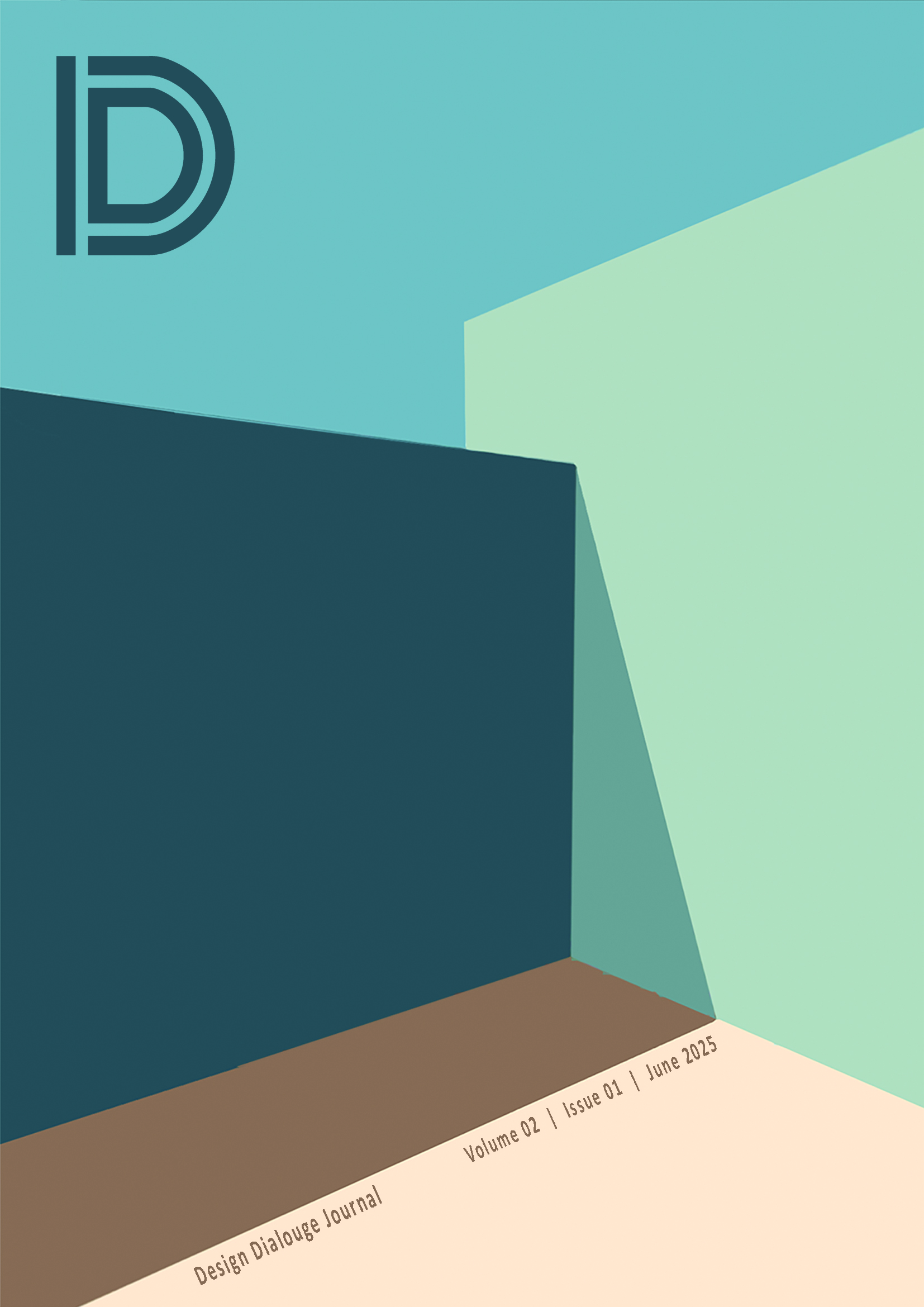Analysis and Ranking of Urban Quality of Life in Districts 11 and 12 of Tehran: An Approach Based on Multi-Criteria Decision Making (AHP and ANP) and GIS
Keywords:
Quality of life, urban management, urban development,districts 11 and 12 of TehranAbstract
Urban quality of life has become a central focus in sustainable urban development and policymaking. This research was conducted to rank the quality of urban life in the neighborhoods of districts 11 and 12 in Tehran. The research method utilized multi-criteria decision-making methods (AHP and ANP) and GIS analysis. First, the factors affecting quality of life were identified, and the relevant spatial layers were prepared. Then, using AHP and ANP methods, the weights of the criteria were calculated, and these weights were used in GIS to combine the layers and create the final maps. Unlike previous studies, this research integrates two decision-making models with spatial analysis to provide a comparative and location-specific understanding of urban quality of life, offering targeted insights for Tehran’s historical and densely populated districts. The findings showed that the deteriorated urban fabric and air pollution have the greatest impact on quality of life (in AHP, 19.53 and 18.506; in ANP, 19.56 and 18.731), while green spaces and gender ratio (in AHP, 2.206 and 2.39; in ANP, 2.197 and 2.342) had the least impact. Ultimately, the study highlights how spatial decision-making tools can effectively guide interventions toward equitable and sustainable urban improvements.
Downloads
Published
Data Availability Statement
So far, this article and its results have not been published in publication or website.
Issue
Section
License
Copyright (c) 2025 Design Dialogue Journal

This work is licensed under a Creative Commons Attribution-ShareAlike 4.0 International License.
The following license terms apply to all articles published in the Design Dialogue Journal:
Open Access Policy
Design Dialogue Journal is an open access journal. All articles are published and made freely available online immediately upon publication, without subscription charges or registration barriers. This ensures that your work is freely accessible to anyone, anywhere in the world.
License
All articles in the Design Dialogue Journal are published under the Creative Commons Attribution 4.0 International (CC BY 4.0) license. This license permits users to:
- Share — copy and redistribute the material in any medium or format
- Adapt — remix, transform, and build upon the material for any purpose, even commercially
Under the following terms:
- Attribution — You must give appropriate credit, provide a link to the license, and indicate if changes were made. You may do so in any reasonable manner, but not in any way that suggests the licensor endorses you or your use.
The full legal code of the CC BY 4.0 license can be accessed here.
Author Rights
Authors retain the copyright of their work and grant the journal the right of first publication. Authors also grant any third party the right to use the article freely as long as its integrity is maintained and its original authors, citation details, and publisher are identified.
User Rights
Under the CC BY 4.0 license, users are allowed to share and adapt the material for any purpose, even commercially, as long as they attribute the work appropriately. This means that readers can freely access, download, distribute, and build upon the articles as long as the original authors and source are properly credited.
Compliance with Funding Body Requirements
Design Dialogue Journal supports authors in meeting the requirements of funding bodies. Articles published under the CC BY 4.0 license are compliant with major funding body policies, allowing authors to meet the criteria for open access publication.
Commercial Use
For permissions beyond the scope of this license, such as for commercial use or creating derivative works, the terms of the CC BY 4.0 license apply. Explicit permission is not required for commercial use under this license.
By submitting to Design Dialogue Journal, the authors agree to the terms of this license. If you have any questions regarding the license terms or the use of your work, please contact the journal's editorial office.


